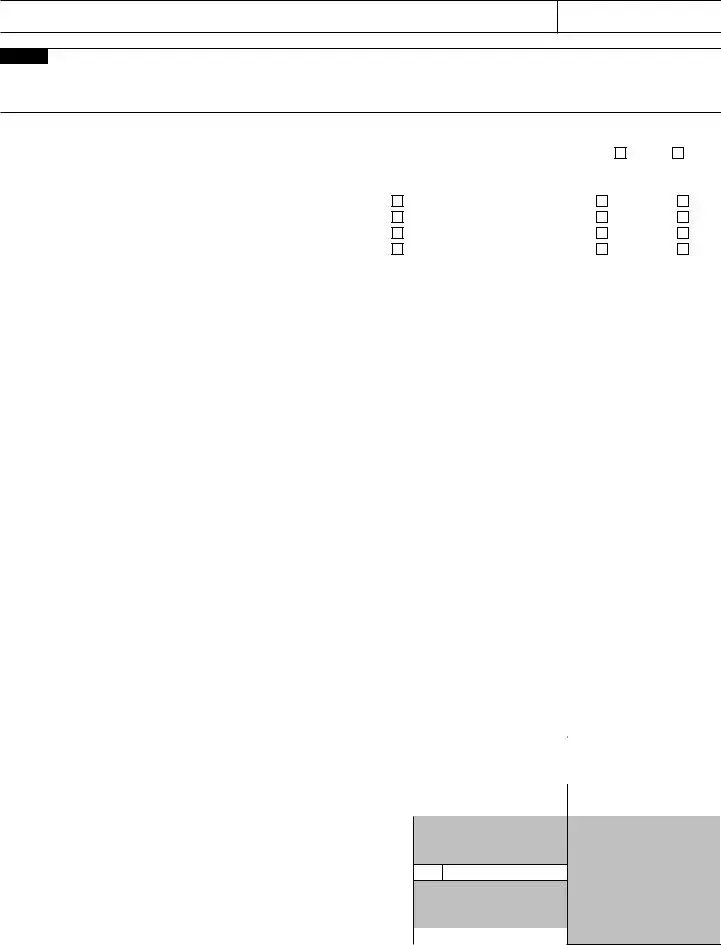The IRS Schedule E (Form 1040) is primarily used for reporting income or loss from rental real estate, royalties, partnerships, S corporations, estates, trusts, and residual interests in REMICs. This form serves as a critical tool for taxpayers to report passive income or losses that are not subject to self-employment taxes. Similar documents in various respects include Schedule C, Form 4562, Schedule D, Form 8825, Form 1120-S, Schedule K-1, and Form 1041. Each has its own purpose but shares commonalities in how they capture and report income, expenses, and losses.
Schedule C (Form 1040) is similar to Schedule E in that it's used by individuals to report income or loss from a business they operated or a profession they practiced as a sole proprietor. Both forms require detailed income statements and allow for the deduction of expenses incurred in the process of generating income, albeit for different types of activities—Schedule C for business operations and Schedule E for passive income endeavors.
Form 4562, Depreciation and Amortization, parallels Schedule E through its function of reporting depreciation, which is a common expense on properties reported on Schedule E. Landlords and real estate investors use Form 4562 to calculate and report the depreciation of rental property, which is then often transferred to Schedule E to adjust the income or loss from rental activities.
Schedule D (Form 1040), which is used for reporting capital gains and losses from the sale or exchange of capital assets, shares a relationship with Schedule E in the landscape of tax reporting. Both forms involve the reporting of financial movements—Schedule D focusing on capital events and Schedule E on passive income activities—but each influences the taxpayer's overall financial picture and tax liability.
Form 8825, Rental Real Estate Income and Expenses of a Partnership or an S Corporation, is specifically related to Schedule E as it captures similar information but from entities rather than individuals. It is essentially the partnership or S corporation equivalent of Schedule E, used when these entities report income and expenses from rental real estate operations, which are then passed through to the individual partners or shareholders on Schedule K-1.
Form 1120-S, U.S. Income Tax Return for an S Corporation, includes a Schedule K-1 component that reports each shareholder's share of the corporation's income, deductions, credits, etc. This mirrors the function of Schedule E where an individual reports their share of income or loss from partnerships, S corporations, estates, and trusts, highlighting a conduit approach to taxing entity-level activities at the individual level.
Schedule K-1 is directly complementary to Schedule E, serving as the document that reports an individual's share of income, deductions, and credits from partnerships, S corporations, trusts, and estates. Recipients of a K-1 use the information to complete their Schedule E, making these documents inherently linked in the process of reporting pass-through income.
Finally, Form 1041, U.S. Income Tax Return for Estates and Trusts, is akin to Schedule E in its objective to report income, deductions, and credits of trusts and decedent's estates. When beneficiaries receive distributions of income from these entities, the information affects their reporting on Schedule E, illustrating how these forms work together within the broader framework of income tax reporting.


